What Is A Swot Analysis In Business
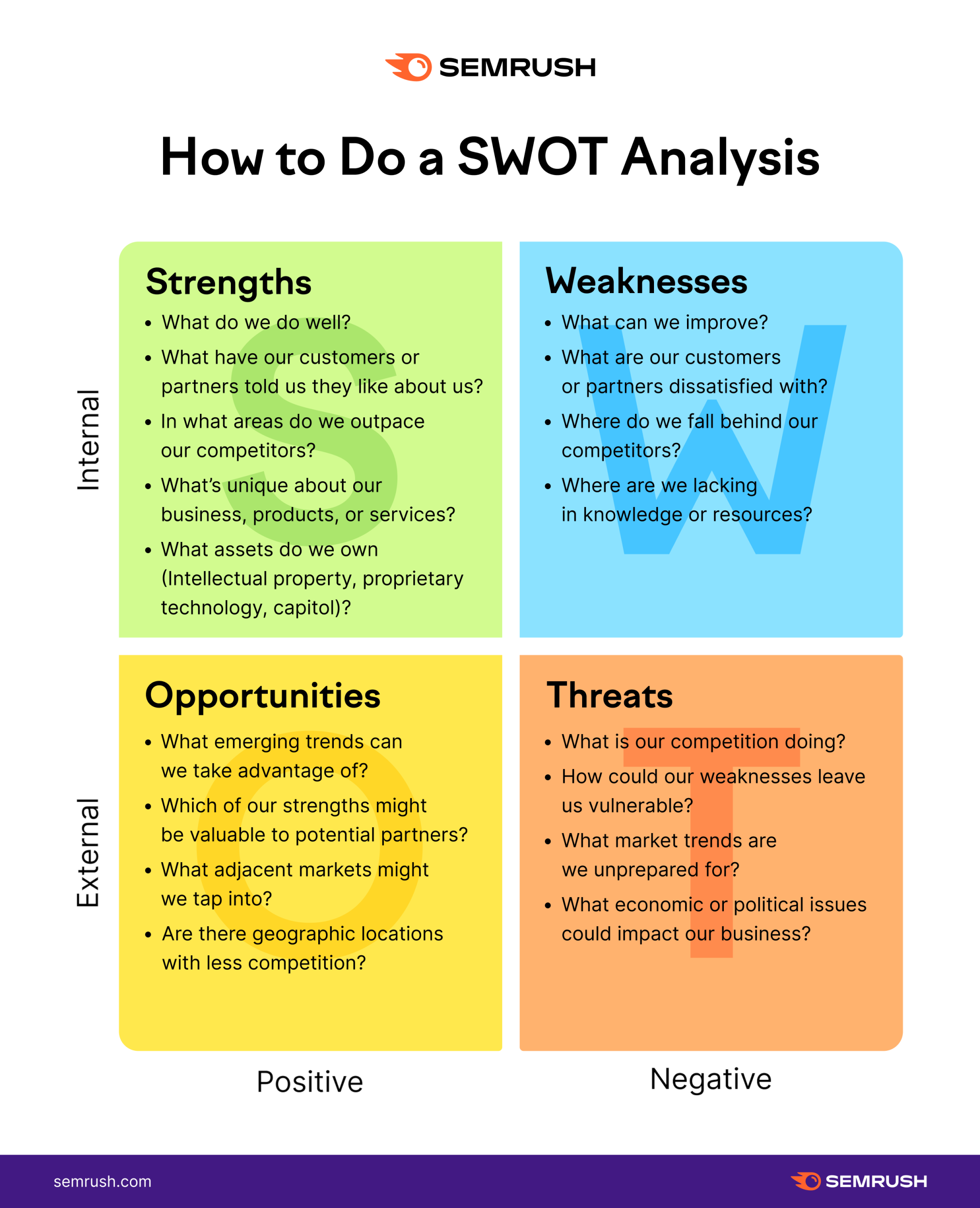
Businesses facing critical decisions need a reliable framework. A SWOT analysis offers just that, providing a structured evaluation of a company's internal and external factors.
This strategic planning tool helps organizations pinpoint their strengths and weaknesses, alongside potential opportunities and threats, leading to informed decision-making. It is quick and useful for businesses of all types.
Understanding SWOT: The Core Elements
SWOT stands for Strengths, Weaknesses, Opportunities, and Threats. It is used to gain a clear understanding of a company's current position. The analysis is often presented in a 2x2 matrix for easy visualization.
Strengths: Internal Advantages
These are the internal attributes and resources that give a company an advantage. Think of things like a strong brand reputation, skilled workforce, unique technology, or valuable assets. Identifying your strengths is the first step in maximizing your competitive edge.
Weaknesses: Internal Limitations
Weaknesses are internal factors that hinder a company's performance. Common weaknesses include outdated technology, inefficient processes, poor customer service, or a lack of financial resources. Addressing weaknesses is vital for improving overall performance.
Opportunities: External Possibilities
Opportunities are external factors that a company can exploit to its advantage. This might include emerging markets, changing customer preferences, technological advancements, or favorable government policies. Capitalizing on opportunities can lead to growth and increased profitability.
Threats: External Challenges
Threats are external factors that could negatively impact a company. This can include increased competition, economic downturns, changing regulations, or disruptive technologies. Preparing for and mitigating threats is crucial for survival and stability.
Performing a SWOT Analysis: A Step-by-Step Guide
Conducting a SWOT analysis is a straightforward process. Gathering the right data and perspectives is essential for accurate results.
First, assemble a team with diverse knowledge of the company and its industry. Brainstorm internal strengths and weaknesses, considering all aspects of the business. Then, analyze the external environment to identify potential opportunities and threats. Finally, organize the findings into the SWOT matrix.
Real-World Applications and Examples
SWOT analysis is versatile and applicable across various industries. A small restaurant might identify its strengths as a unique menu and loyal customer base, while a weakness could be limited seating capacity. An opportunity might be the growing demand for healthy food options, and a threat could be rising food costs.
For a tech startup, strengths could include innovative technology and a talented team. Weaknesses might involve limited funding and brand awareness. Opportunities could include expanding into new markets, and threats might be competition from established players. Understanding the context is important.
Benefits of Conducting a SWOT Analysis
The benefits of using a SWOT analysis are numerous. It provides a clear and concise overview of a company's strategic position. The tool facilitates better decision-making and strategic planning.
By identifying strengths and weaknesses, companies can focus on areas for improvement. By recognizing opportunities and threats, they can proactively adapt to changing market conditions. A well-executed SWOT analysis can lead to a more resilient and competitive organization.
Moving Forward: Continuous Assessment
A SWOT analysis is not a one-time event. The business landscape is constantly evolving, so it is important to review and update the analysis regularly. Companies must adapt their strategies based on the latest insights to remain competitive. Continuous monitoring and reassessment are key to long-term success.
In today's rapidly changing business environment, understanding your company's strengths, weaknesses, opportunities, and threats is more critical than ever. Embrace the power of SWOT analysis to make informed decisions and drive your business forward.

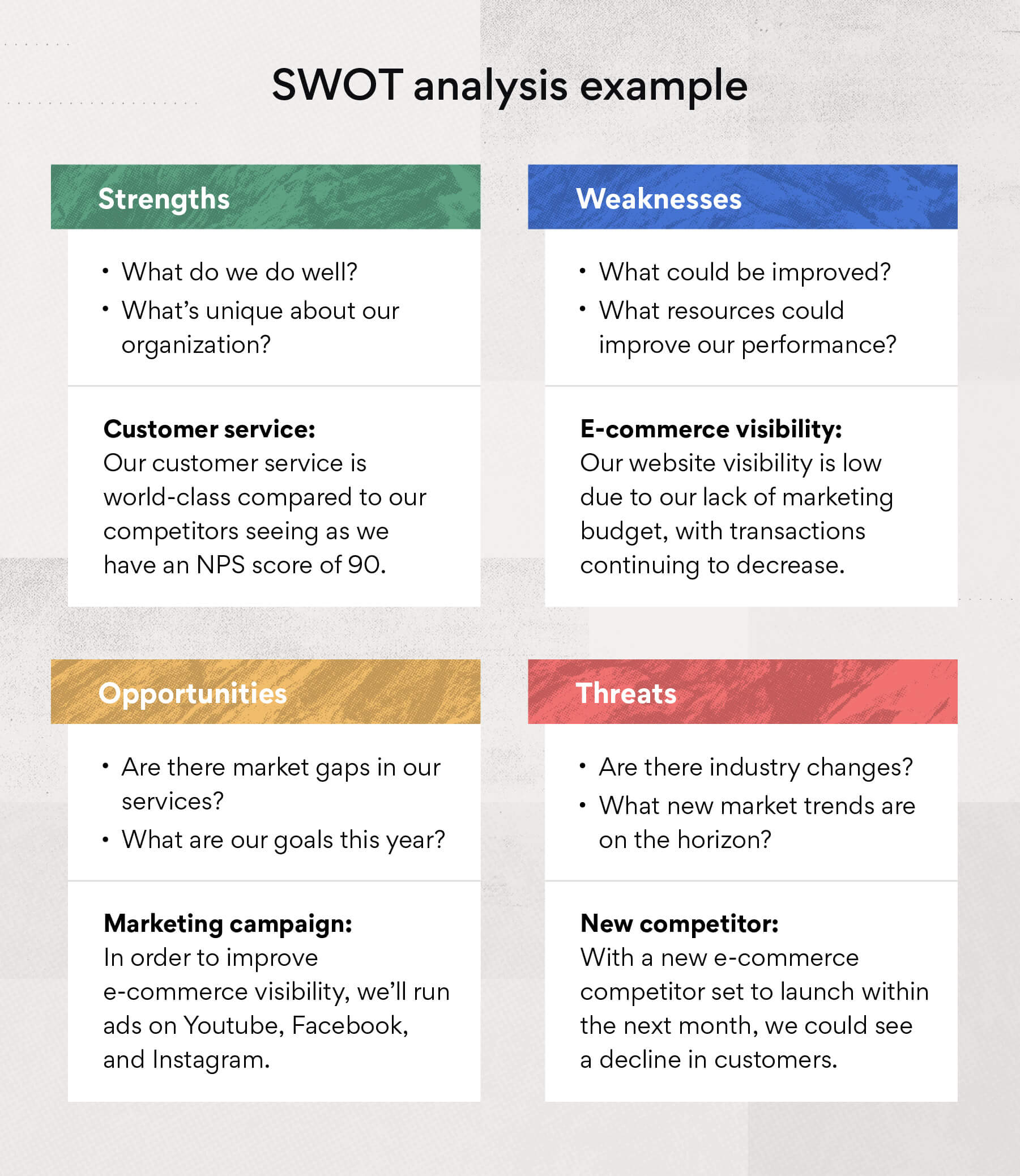
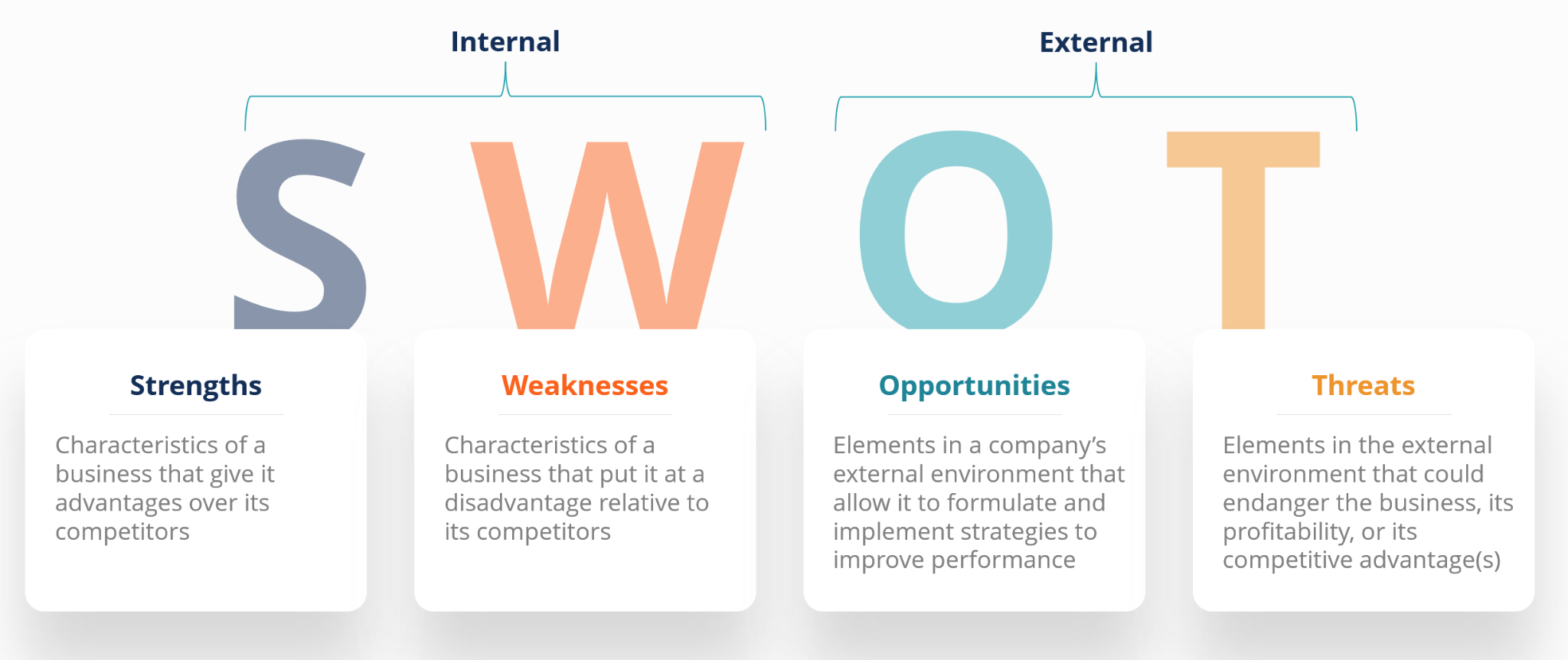
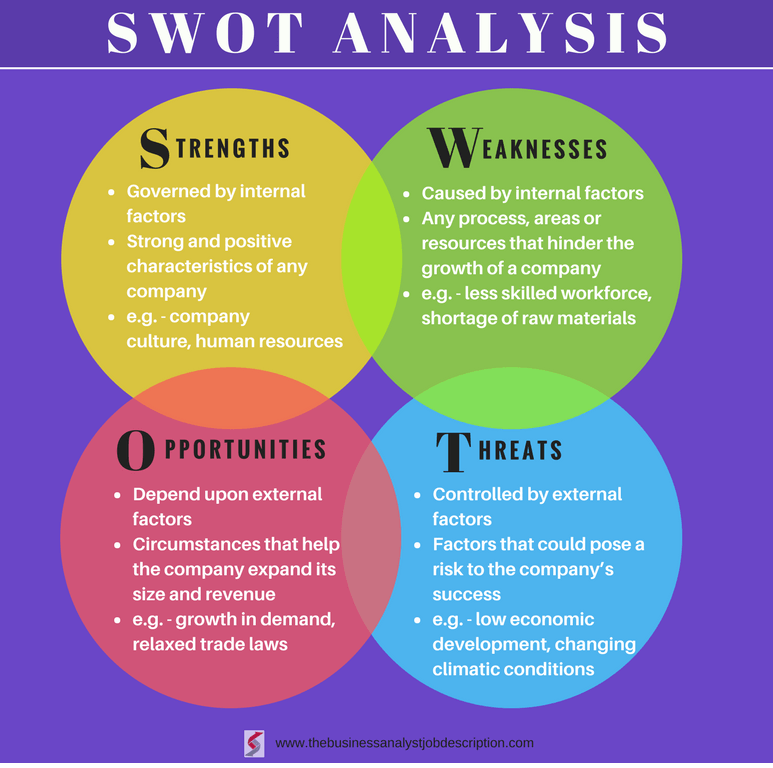
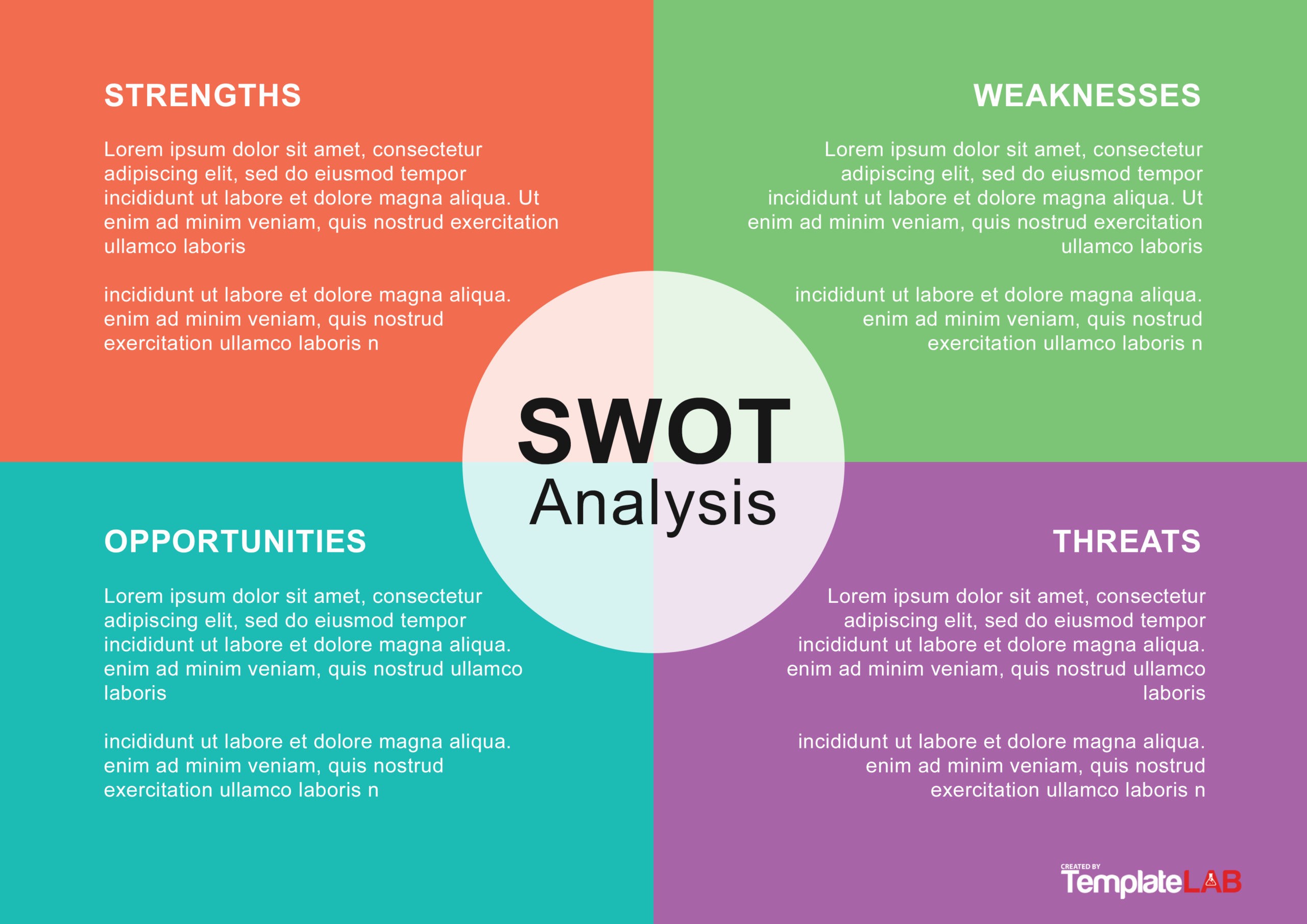
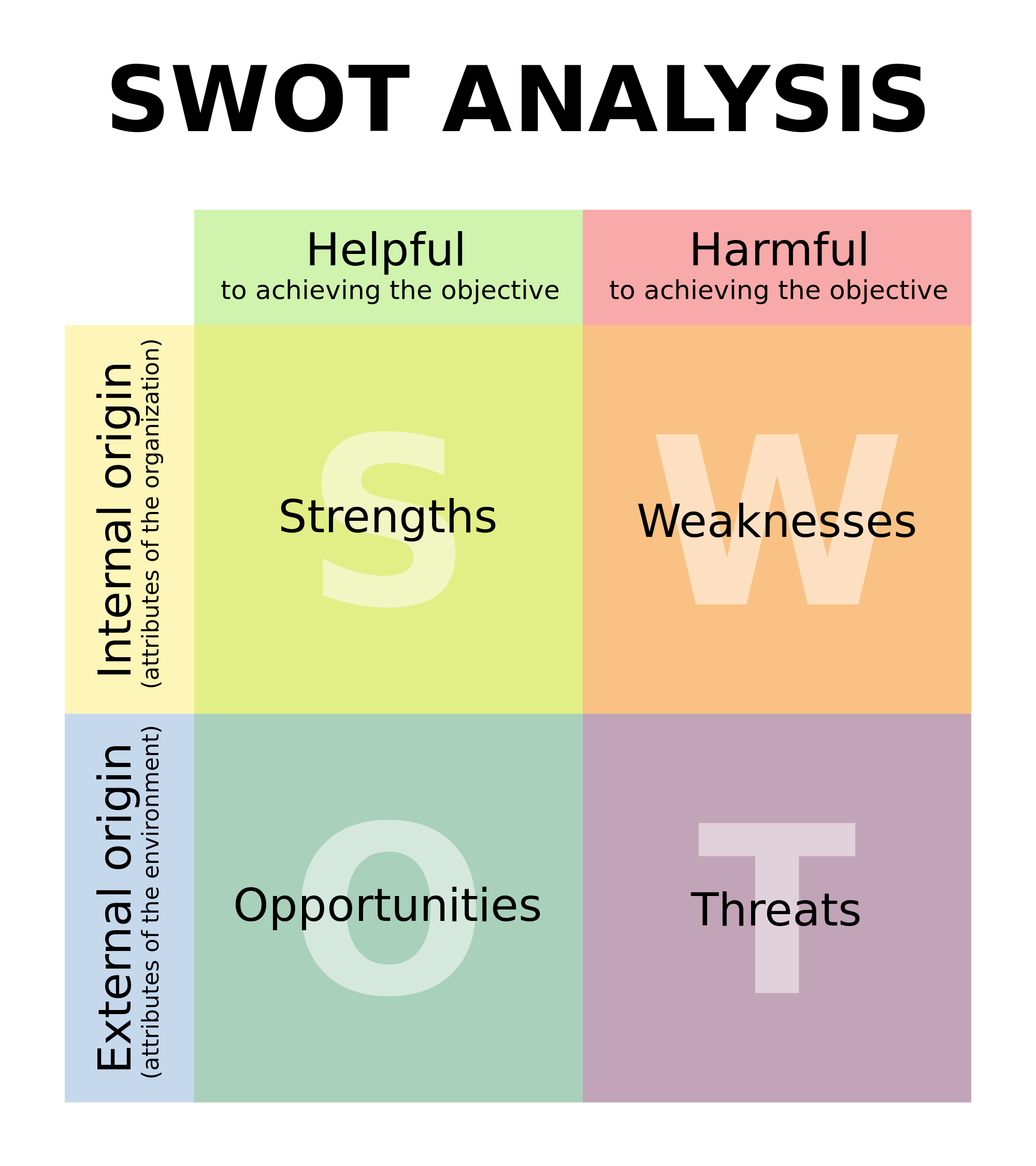
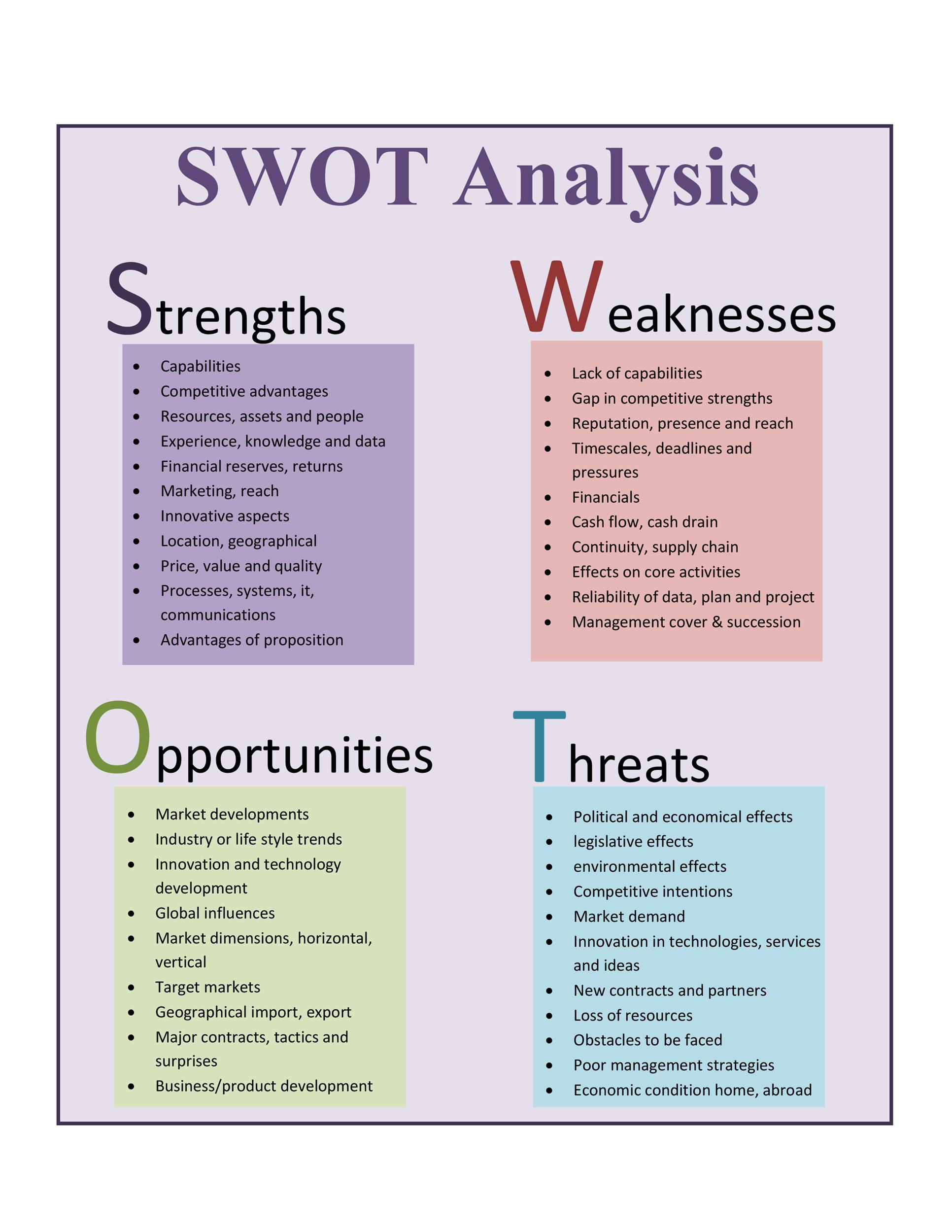

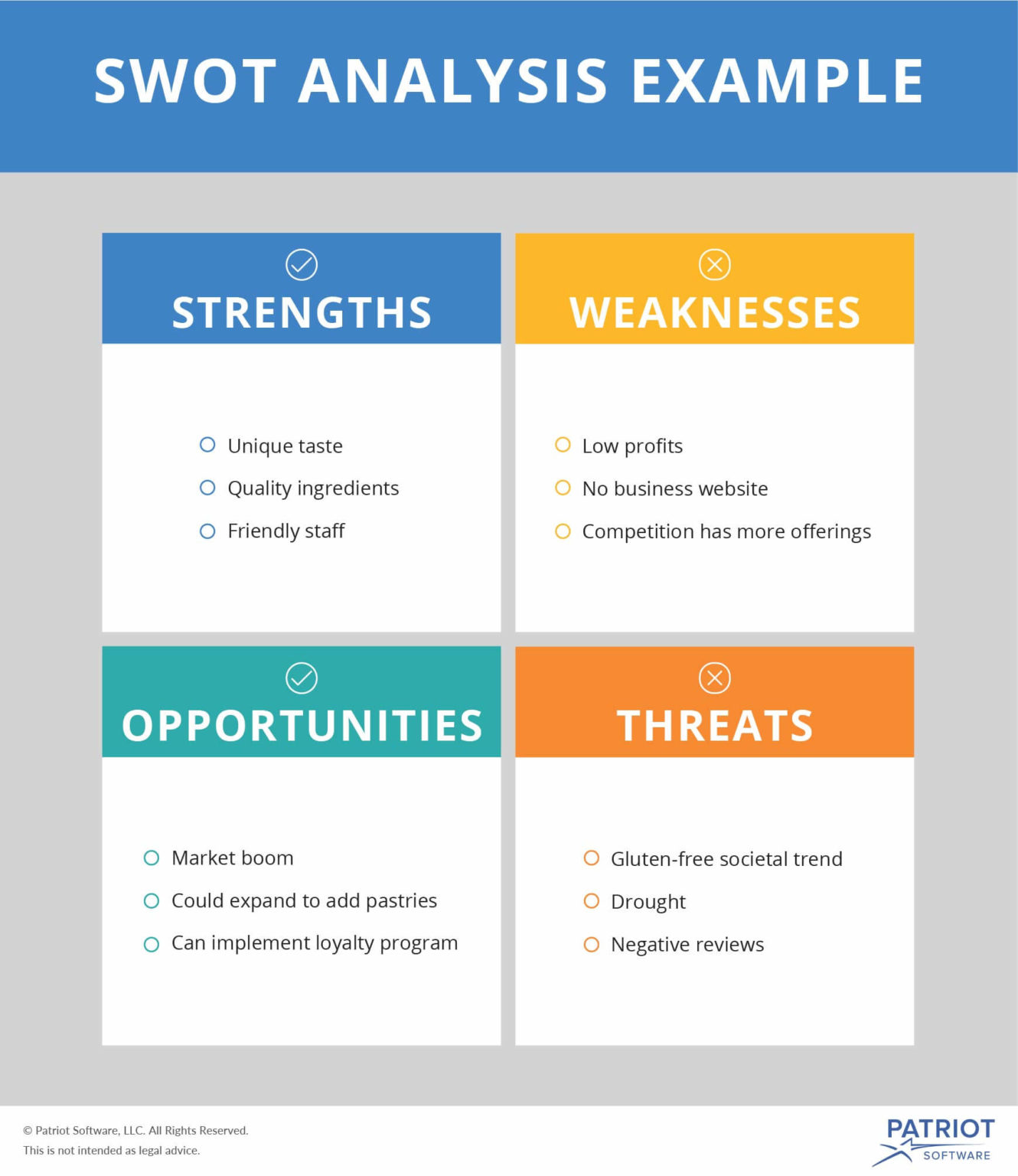

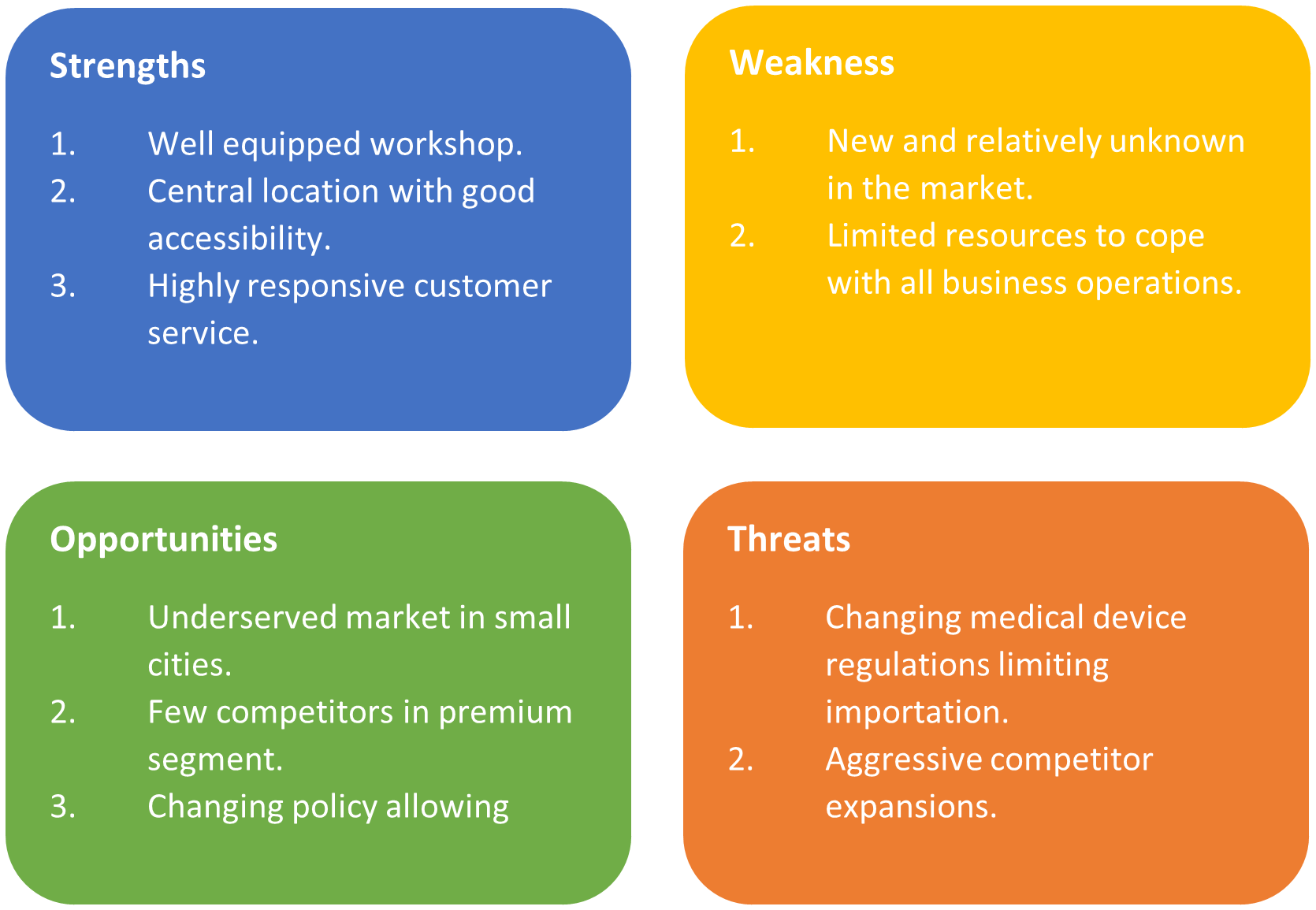
![What Is A Swot Analysis In Business SWOT Analysis: Determine Your Marketing Strategy [+ Template]](https://gustdebacker.com/wp-content/uploads/2023/06/SWOT-Analysis.png)
